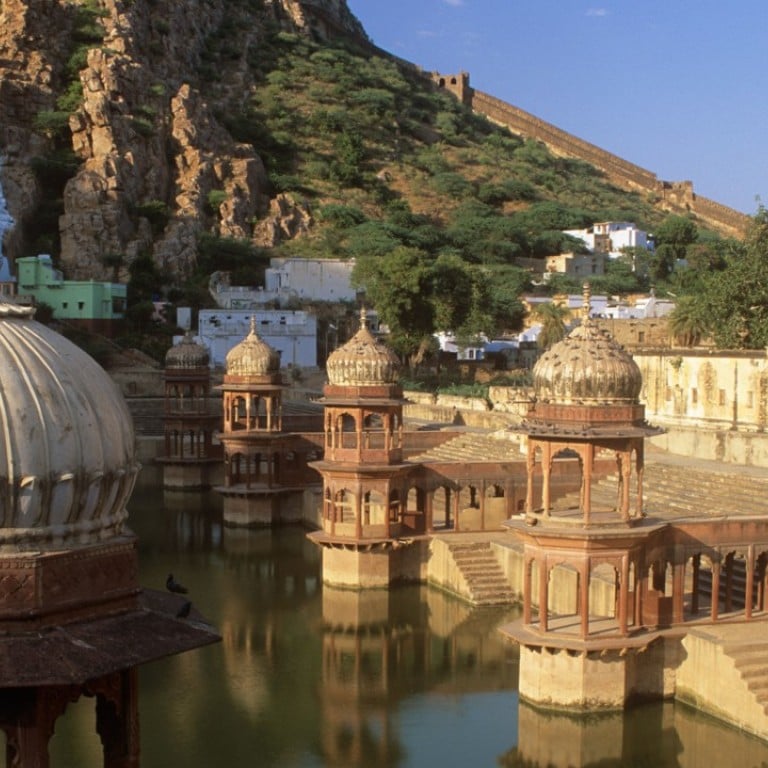
Add another stop to the Golden Triangle of India tourism: Alwar – small town whose beauty and rich history offer a taste of Rajasthan
Delhi, Jaipur and Agra are known as India’s Golden Triangle, but it’s time to add Alwar to that itinerary; with its fort, palace, and former royal hunting ground, it’s the town where Rajasthan’s delights start to reveal themselves
It is time to amend the Golden Triangle. Visiting Delhi, Jaipur and Agra has been the holy grail of tourists to India but there is another place that has to be added to this classic itinerary: Alwar.
I am an inveterate hater of small towns in India. Most of them are stinky, ugly, congested. A journalist friend of mine who has seen too many of them in her travels aptly calls them “toilet towns”. So why am I urging visitors to add Alwar, a small town in the state of Rajasthan, to their itinerary?
Kolkata: more colonial heritage in one city than whole of US, yet its architectural wealth is under constant threat
Alwar is different to others in that it is steeped in heritage. There is the fort that looms over the town, a palace that is been turned into a museum, and the Sariska Wildlife Sanctuary. This used to be the private hunting ground of the Alwar royals, but now visitors can enjoy the wildlife and birds. On the edge of the park is Siliserh Lake, where crocodiles lurk.
The attraction of Alwar is that it offers a tantalising foretaste of the delights that lie in wait in Rajasthan. It’s a question of pacing one’s pleasures, like seeing the English Lake District before reaching the mighty lochs and highlands of Scotland.
Around Alwar, small forts and palaces dot the countryside. Dazzling colours – so intense they look as if they could ignite on the spot – are worn by the women here. The Aravalli mountains, some of the oldest mountains in India, also start in Alwar.
In short, this is the town where Rajasthan starts to reveal itself, like a shy Indian bride lifting her veil just a fraction to allow a glimpse of her face. By the time you reach Jaipur, you get the full-bodied, untrammelled Rajasthan experience.
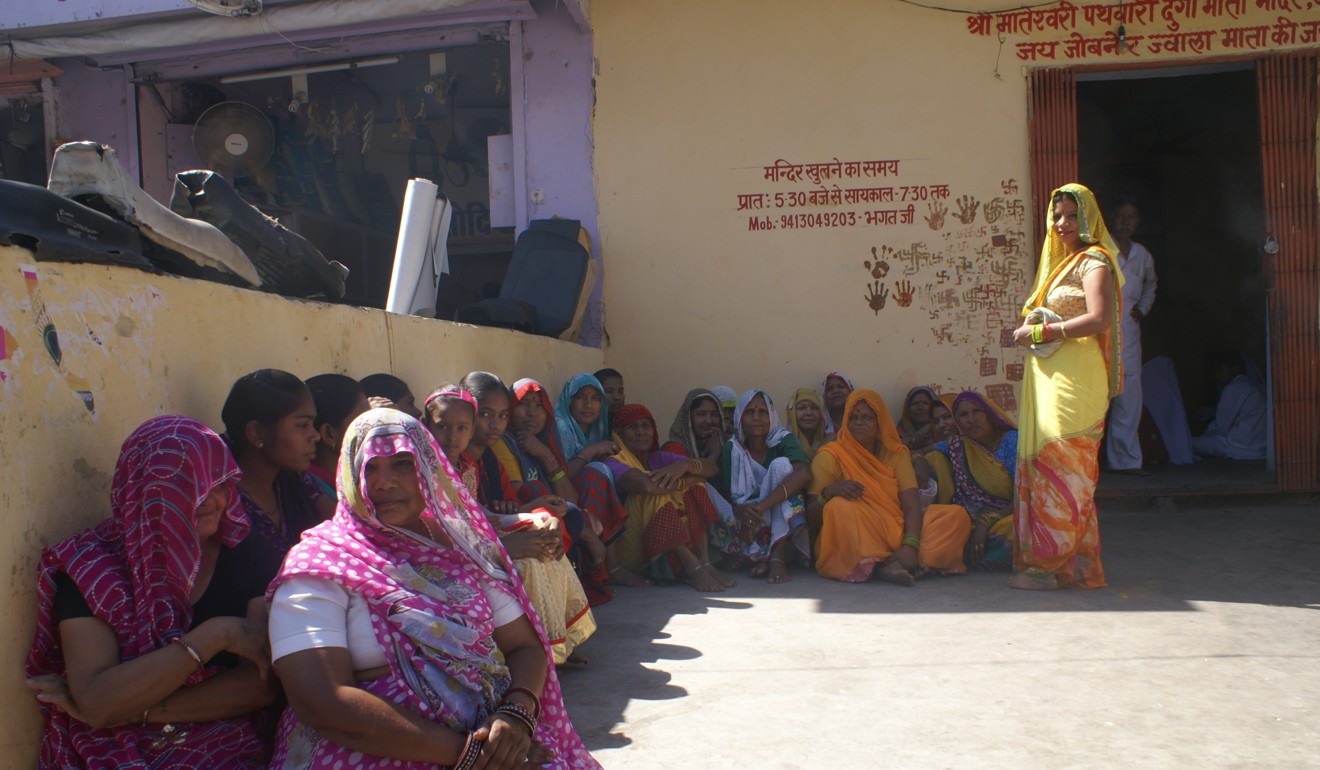
The town even has its own folklore, thanks to its flamboyant and eccentric erstwhile maharaja. There’s a famous story of how he visited London in the 1920s and walked into a Rolls-Royce showroom. (All the maharajas had a Rolls-Royce obsession.) The salesman, thinking he was an “ordinary” Indian because the maharaja was not decked out in his customary regalia, snubbed him.
The good, bad and ugly sides to a holiday in India’s Rajasthan state
The insulted maharaja returned to Alwar, ordered seven Rolls-Royces and had his revenge by using them for collecting municipal rubbish.
These days you don’t see any Rolls-Royces around, but what you do see on virtually every wall is the Indian obsession with education. Posters and signs plastered everywhere advertise the virtues of tutors, coaching institutes and crammers. Schools paste gigantic pictures on their exterior of the students who topped their class, along with their grades.

The drive from New Delhi to Alwar is about three hours (it takes another two to three hours before you reach Jaipur), and requires the briefest detour off the Delhi-Jaipur highway – and that, too, through pretty countryside. On my recent spring visit, the tawny golden wheat was being harvested. Go in winter and the fields will be full of yellow mustard.
Other hotel chains came here to see [the fort] with a view to developing it. But they took one look at the abandoned ruins and scuttled away
There is one other reason for visiting Alwar on the way to Jaipur: Tijara Fort Palace. Owned by the Neemrana Group, which specialises in turning ruined forts into boutique properties, it opened in 2016. Before this, it was nothing more than a ruin.
Aman Nath, the master hotelier who restored Neemrana Fort in the same area, and many others since, saw its potential and restored it into a magnificent property.
“Before us, other hotel chains came here to see it with a view to developing it. But they took one look at the abandoned ruins and scuttled away,” said general manager Vivek Shukla.
Having seen many forts and palaces in Rajasthan, I was prepared not to be enchanted.
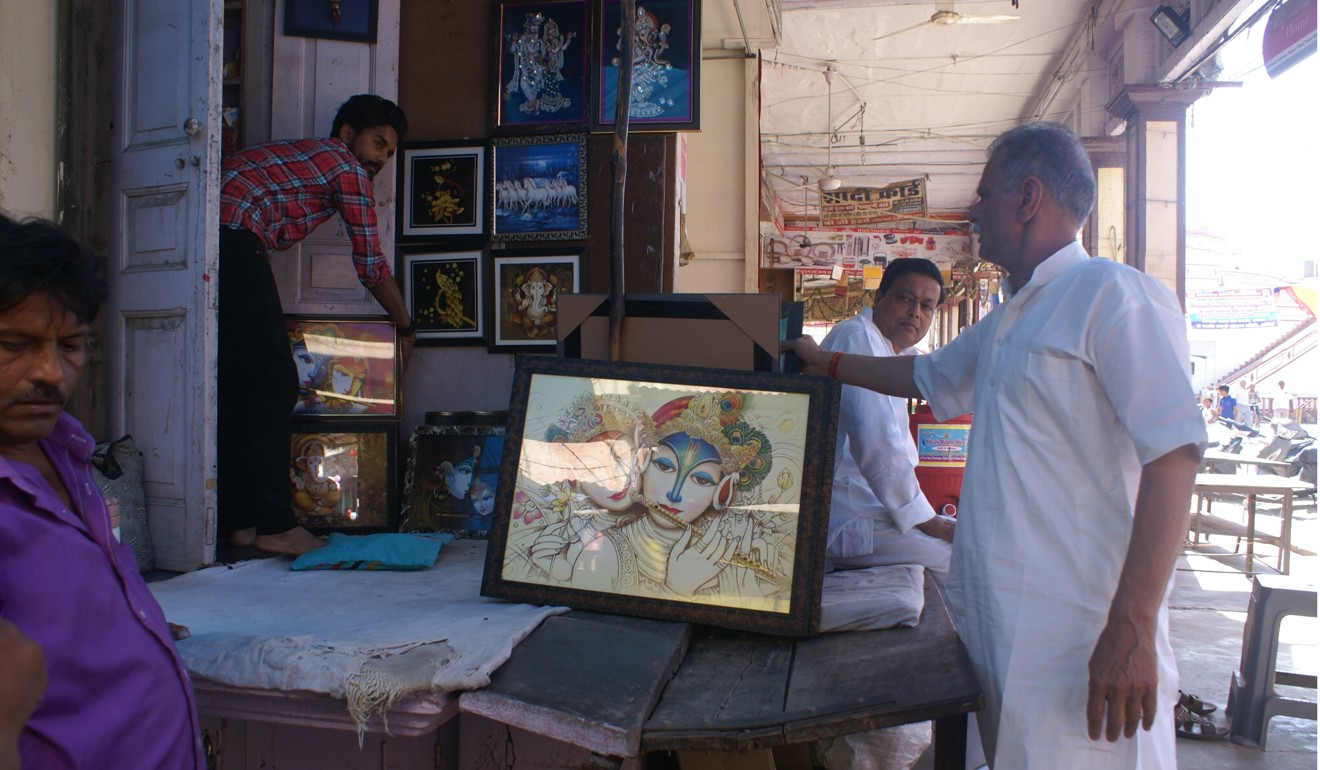
As I drove through the fields towards the hotel, I first passed through the Tijara village market – a typical Indian jumble of tyre repair shops, tractor servicing garages, fruit juice stalls, shiny clothes stalls and three-wheeled vehicles laden with schoolchildren. Then the fort came into view, atop a hill, ringed by a patchwork of fields as far as the eye could see and, where the horizon ended, the Aravalli hills.
Pass within its walls and the Tijara Fort Palace manages to be both intimate and majestic – a fairy tale cluster of courtyards, colonnaded verandas, terraces, scalloped arches, pergolas, turrets, and balconies.
The next day, the city museum, inside the maharaja’s palace, offered a quaint collection of maharaja memorabilia: stuffed animals, weapons, silverware and miniatures.
Kolkata: more colonial heritage in one city than whole of US, yet its architectural wealth is under constant threat
Friends told me I had to buy the famous milk cake in Alwar – a confection that is coconut-coloured on the outside and burnt sienna on the inside. Ever since it became famous, a mini milk cake industry has sprung up, with some 200 shops selling it.
Markets open late in India. As I walked around the classically oriental bazaar, at 11am, with the sun already high in the sky, shopkeepers were still sweeping the area in front of their shops, raising their shutters and putting out their wares. Before the traffic and honking built up, I went to the oldest sweet shop in Alwar, Baba Thakur Das, to buy my cake.
I ate it on the drive to Alwar Fort. The texture was pleasingly grainy. The mountains and forests on the longish drive presented a panorama of rugged browns and greys. The landscape was dry. The bare trees looked as though they had been singed by some monumental fire. But all this rugged flintiness has a stark beauty about it.
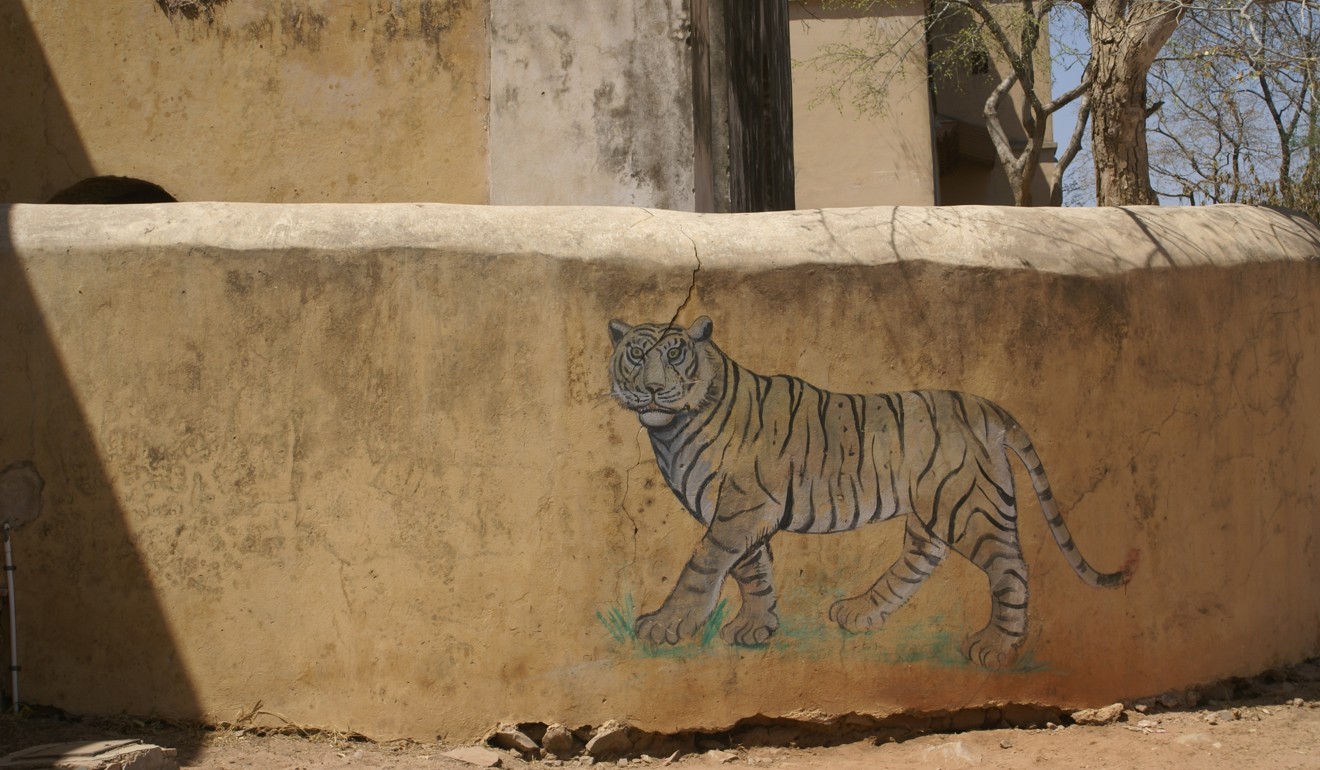
The drive – and the lovely view of the city from the top of the fort – is what you get from this trip; the fort itself looks utterly neglected. Indians can be cavalier about their heritage and it’s odd that the authorities can leave the fort in such disrepair.
After lunch, at the Sariska Wildlife Sanctuary, an open jeep took us around the park, where I saw deer, peacocks, wild boars, monkeys, jungle fowl and crocodiles – though the tiger denied me the pleasure of a sighting.
Sariska is not the best sanctuary in India, but the fact that it offers dense forest and wildlife just a few hours from the urban sprawl and pollution of Delhi – and other parks are an eight-hour drive or a flight away – are points in its favour.
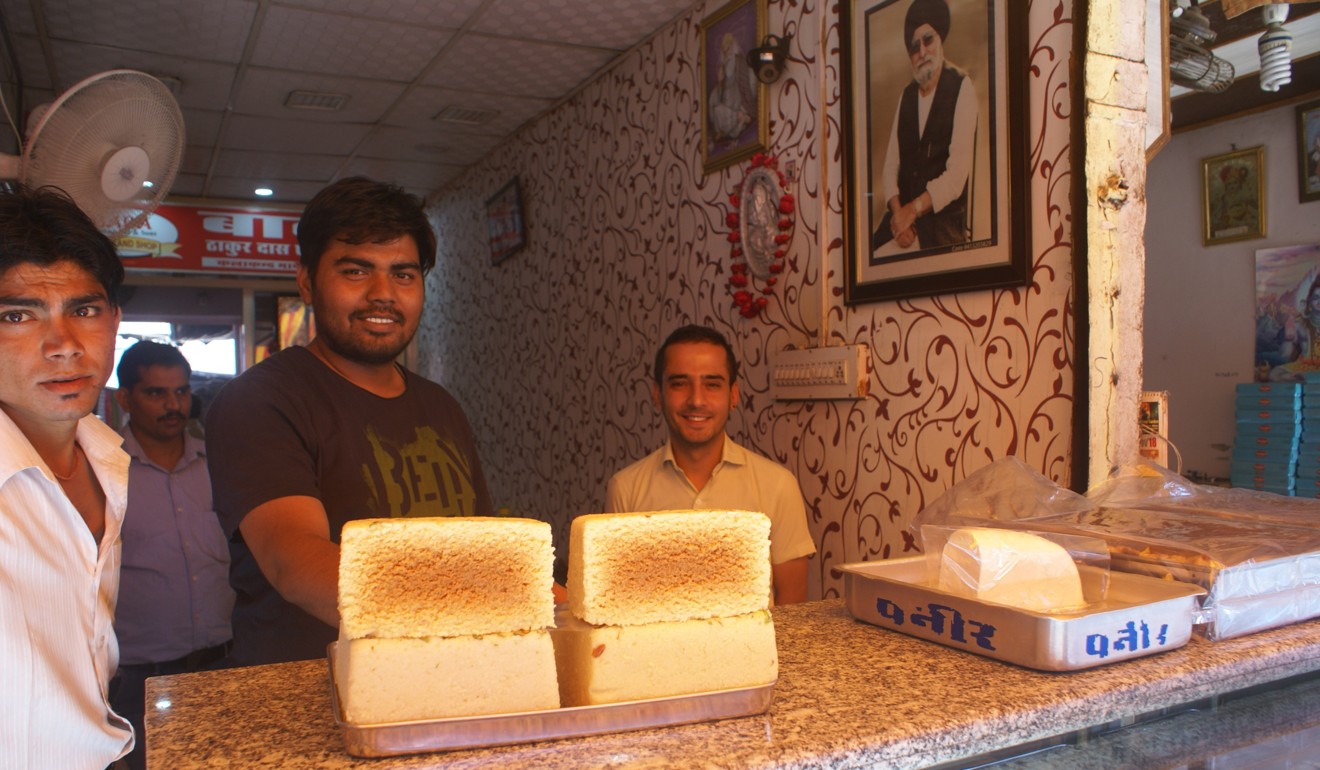
Later in the day, sitting on the Tijara Fort Palace lawns under the stars, after a good dinner, the breeze that wafted in from the wheat fields, deliciously soft after the intense heat of the day, was a postprandial treat better than any cognac.
And near at hand is the town itself, a microcosm of India with its cows, traffic, bazaars and crowds, but – and this is a big “but” – one that it is unusually well-endowed with heritage.
Getting there
Alwar is about three hours by car from New Delhi, or two-and-a-half hours by train. Flights from Hong Kong to New Delhi are daily and frequent. Cathay Pacific has two flights a day, taking about three and a half hours.
Staying there
The writer was a guest of Tijara Fort Palace, Hasanpurmafi, Tijara, Alwar, Rajasthan 30141. Tariffs start from 8,000 rupees (US$120) per night for a basic room, excluding taxes.

